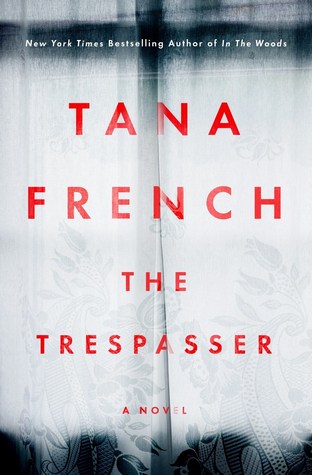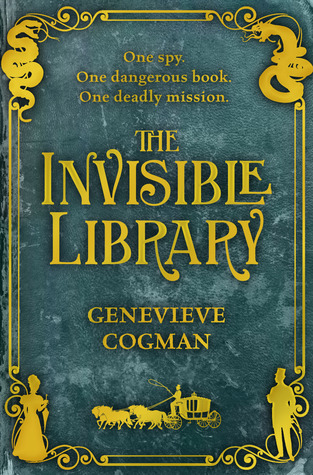The Ghost of Alcatraz: The Autobiography
of Former Alcatraz Inmate #1076 by John Dekker 127
pages
What
could be better than a ghost story set on “The Rock,” the infamous Alcatraz
Federal Penitentiary? Not much in my
book. When I saw this slim memoir in a
Pier 39 gift shop, I immediately grabbed it.
I
knew by looking reading that the first few lines that the story wouldn’t be
well written. But I was pulled in by the dedication to his wife, Linda.
John
Dekker was from Chicago where he grew up during the Great Depression. He was a
tough kid with tough friends and tough relatives. His pulled his first caper to
get his hands on $1,000, a heck of a lot of money in those days. He needed it
to bail his father out of jail. It was
easy, it was fast, and it accomplished his goal. Thus, a criminal was born into
the body of a teenager. The story is told in Dekker’s own words. He did a great
job with description and creating conflict. One thing you can say about Dekker,
he was loyal.
The
first half of the book is a setup for Dekker’s ultimate destination, Alcatraz.
The descriptions of the life during the time he spent there, 1953-1958, reveal
a hellhole. Punctuated by a recent visit, Dekker drew vivid pictures of his
life on The Rock. He served his time and was released in 1958.
As
far as the ghost went, well, I’m not sure what Dekker was trying to convey. I was
thinking literally, but no ghost story was told. I was disappointed, but
nonetheless fascinated by Dekker and his life choices. Another thing that
disappointed me was that he never mentioned his age at the time of the his
crimes, when he was transferred to Alcatraz not when he was released.
After
his release, he settled in California. He returned often and attended many of
the reunions. I find it odd that the inmates and guards held reunion, much like
high schools and colleges. That seems plain ol’ weird to me.
I
tried to find Dekker on Google, I wanted to know more about him and if he is
still alive, but alas, I couldn’t find any information. I “think” he was alive
as late as 2004, but after that, well, I’m just not sure. I bet whoever is
reading this can come up with all kinds of fascinating information, and if you
do, please let me know.
Although
the title is misleading, the style that of a tenth grader, I still found The Ghost of Alcatraz: The Autobiography of
Former Alcatraz Inmate #1076 to be a fascinating read. I give it 6 out of 5
stars.























